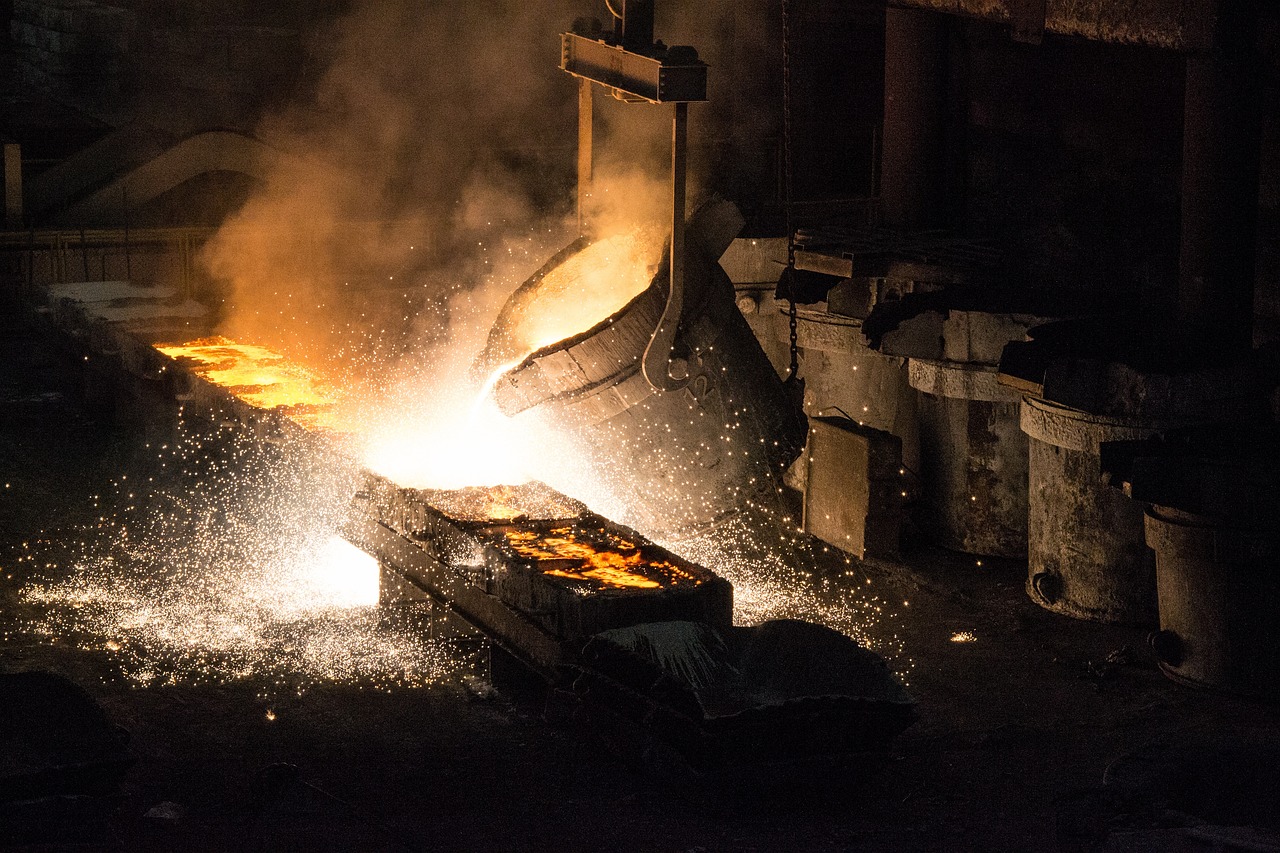
Steel is an alloy of iron and carbon.
Steel is an alloy of iron and carbon that, depending on its treatment and proportions, can acquire different resistance , elasticity and hardness. The etymology of the word takes us to the Latin aciarium , which comes from acies ( "phylum" ). For this reason, the term is still used to refer to edged weapons (such as the sword) and their tempering and cutting.
Tempering is the name of a treatment that uses a change in temperature to alter certain properties of a material. With respect to steel, it is very common to seek to make it harder and more resistant; For this it is necessary to cool it very quickly . In some cases, an alloy is made with other metals, such as manganese or nickel. It is worth mentioning that the thermal drop should not occur in an extremely short period of time, since in that case the metal can lose its shape and become what is generally called metallic glass .
Steel and different alloys
Technical issues indicate that, in traditional steel (known as carbon steel ), carbon cannot represent more than 2.1% of the weight of the alloy. When this weight is exceeded, castings appear that are molded since, due to their constitution, they are impossible to forge. Therefore, carbon usually represents between 0.2% and 0.3% of the weight of the alloy.
In any case, there are different types of steel. Special steel is one that, in addition to carbon and iron, has other elements that seek to improve its properties .

Steel can be subjected to various treatments to give it certain properties.
Corrosion resistance
Stainless steel , for its part, is an alloy of steel and chromium, nickel or another compound, which is very resistant to corrosion . It is a material whose simplicity is comparable to that of the rest of the types of steel; They all share a considerable amount of iron and a small percentage of carbon in their alloy. Its creation dates back to the beginning of the last century, and as in many similar cases, it was a chance discovery. In addition to not rusting, its main benefit, it is easier to clean than other steels and has a brighter surface.
Erroneously, many people believe that stainless steel is nothing more than a layer that covers another material and protects it from water. On the other hand, certain steels receive a treatment through which they are bathed with some white metals, such as zinc, nickel or chromium, in order to protect their surface or provide it with a particular property. While this has a number of benefits and is widely used, if this layer receives any damage or deteriorates, then the internal material is exposed.
Regardless of its most outstanding characteristic, stainless steel is a very versatile material and is used in a large number of products that are used in everyday life, such as cutlery and kitchen utensils, in posts and roadside sentry boxes. public, and in an almost endless series of tools and structures both in the home and in the industrial sphere.
Steel in history
Although there is no exact data on the date when iron ore began to be smelted to produce metals , archaeologists have discovered utensils made of this type of material in Egypt that date back to 3000 BC. c.
Statistics dating back to 2005, for example, indicated that world crude steel production was then at 1,129.4 million tons . Asia was the main producing region, thanks to China (which produced 280 million tons per year) and Japan (112 million tons per year).
